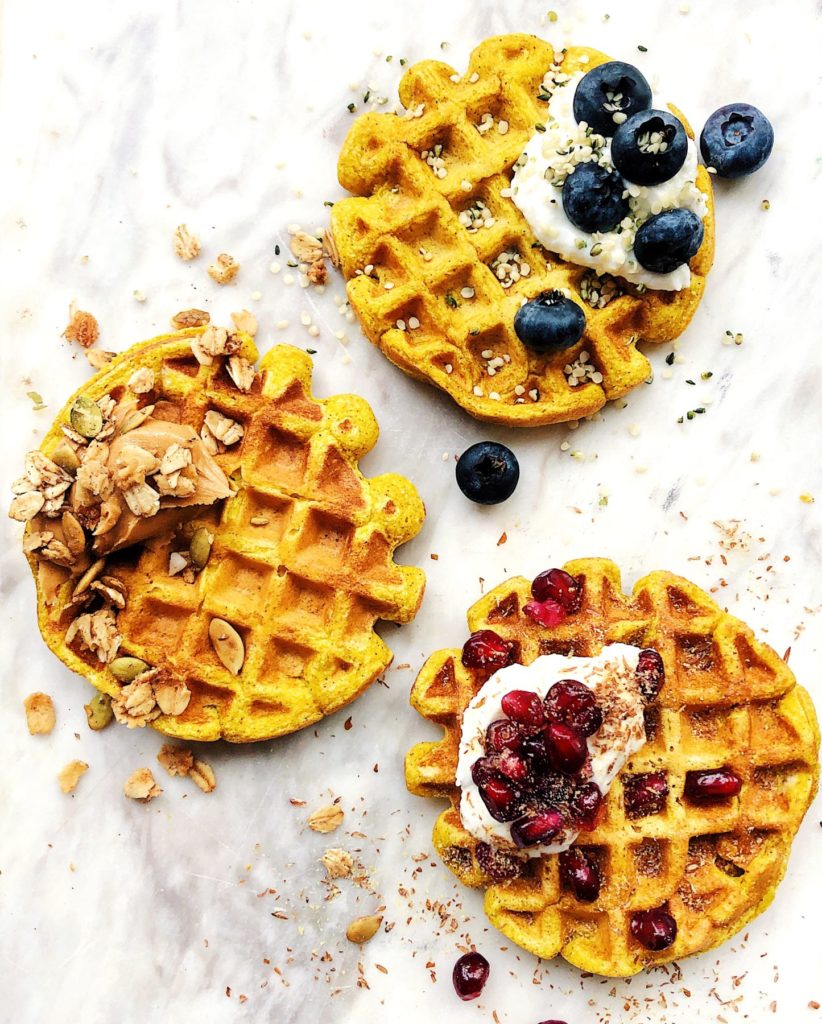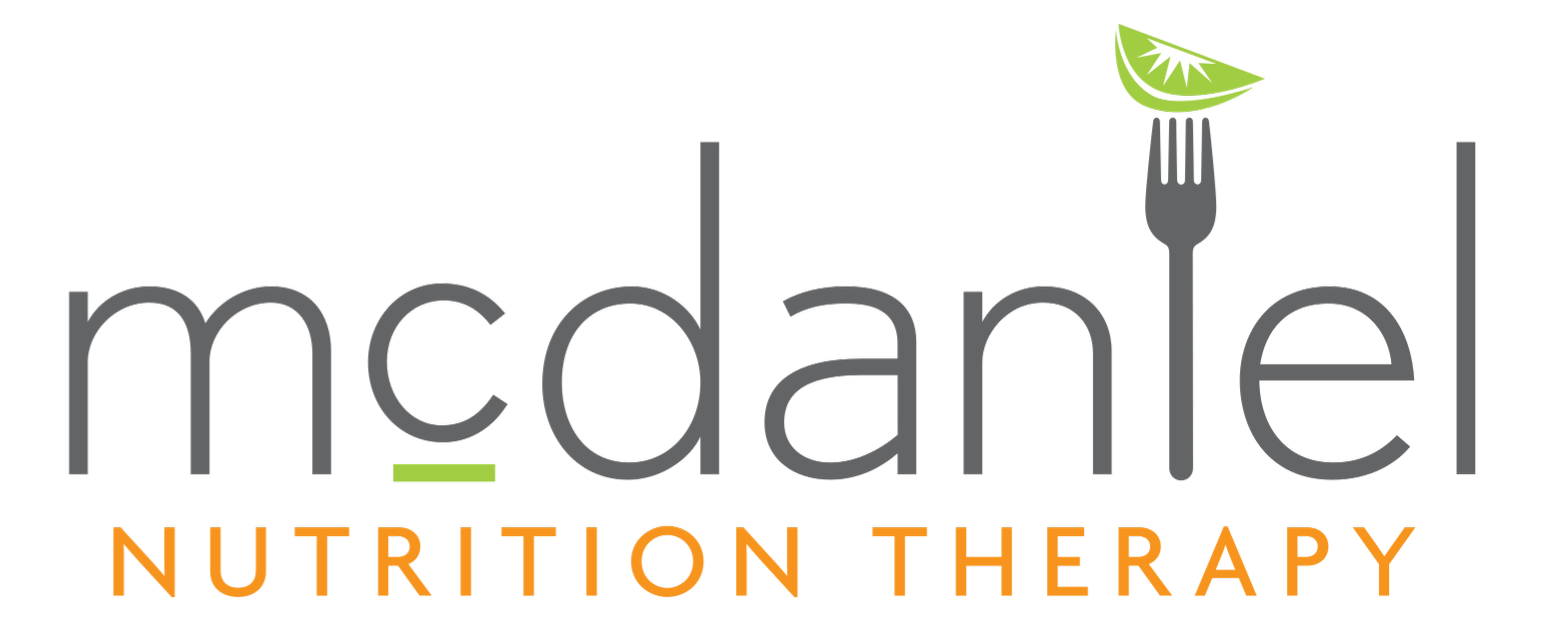Parenting young children has been good for me regarding meal timing. We eat an early dinner, and we try make time for a big breakfast. Yet, as my kids get older and involved in after-school activities, I can see how dinners could get later. Prying teenagers out of bed will likely lead to smaller, on-the-go breakfasts. Parents of teenagers, do I have this right?
Meal Timing Research
It’s very common for many of us to eat the majority of our calories after we get home from school or work. However, this habit may not be conducive to health. Researchers are finding that WHEN we eat be as important as WHAT we eat. I became curious about meal timing when researching the relationship between diet, polycystic ovary syndrome (PCOS) and infertility. Researchers showed that females who ate a large breakfast or ate earlier in the day improved their fertility. Benefits from intermittent fasting may also stem from eating an early dinner. This allows for a longer “fast” overnight before breakfast.
Eat During the Light of Day
Although our metabolism doesn’t “shut off” at night, night eating isn’t conducive to health. Our natural circadian rhythms prepares us for sleep. Therefore, when we eat at night we’re likely to store a greater percentage of those calories as fat.
Data from one of most comprehensive studies of diet in the world, the Second Adventist study, validate this eating pattern. Seventh Day Adventists live 8-10 years longer than the general population. Guess what? They tend to eat large breakfasts and small dinners, if dinner at all. To be clear, I’m not suggesting for everyone to skip dinner. The meal timing recommendation I’m supporting is eating a larger breakfast.
Give me some examples…
Quality matters. Breakfast should include fiber-rich produce and high-quality protein. Examples include a large bowl of oatmeal with a side of eggs and fruit. Smoothies packed with produce, protein and healthy fats. An egg wrap with avocado and salsa. As for the weekend, you might try these protein-packed anti-inflammatory waffles topped with Greek yogurt and granola. If you’re looking to improve your health, perhaps take a look into your meal timing. See what happens if you eat more in the morning and less and night. It could take awhile to establish the new habit, but I think you’ll find it to be one of your new favorites.

Print


High-Protein Sunrise Waffles
- Prep Time: 5
- Cook Time: 10
- Total Time: 15 minutes
- Yield: 6 waffles 1x
Description
We used the 100% Whole Grains Kodiak Cakes Power Cakes Flapjack and Waffle Mix in this recipe. This protein-packed waffle is not only convenient, but it includes whole-grain flour and includes a whey protein to pump up the protein power.
Ingredients
Scale
- 1 c. Kodiak Cakes Power Cakes Mix
- 3/4 c. skim or soy milk
- 1 T. maple syrup
- 1 t. ground turmeric
- 1/2 t. ground ginger
- 1 t. ground cinnamon
- 1 t. vanilla
Instructions
- Combine and gently mix ingredients in a medium-sized bowl.
- Pour batter into a heated and greased waffle iron and cook according to your waffles iron’s instructions.
- For additional protein top with plain greek yogurt, seeds (hemp, flax or chia) or nut butter. For additional sweetness add sliced berries or bananas.
Nutrition
- Serving Size: 6 waffles, 4 in" waffles
- Calories: 261
- Sugar: 14.1 g
- Sodium: 420.6 mg
- Fat: 2.2 g
- Saturated Fat: 0.1 g
- Carbohydrates: 43.4 g
- Fiber: 5.7 g
- Protein: 17.3 g
- Cholesterol: 11.8 mg

